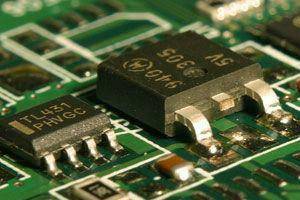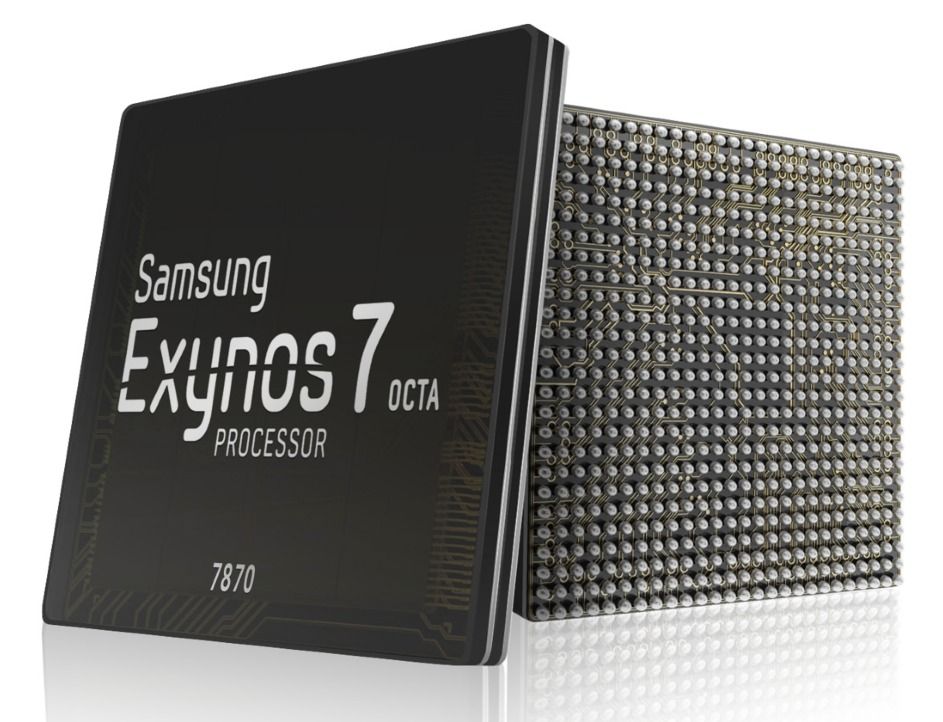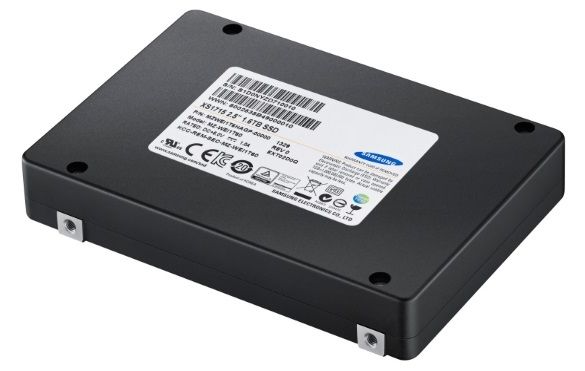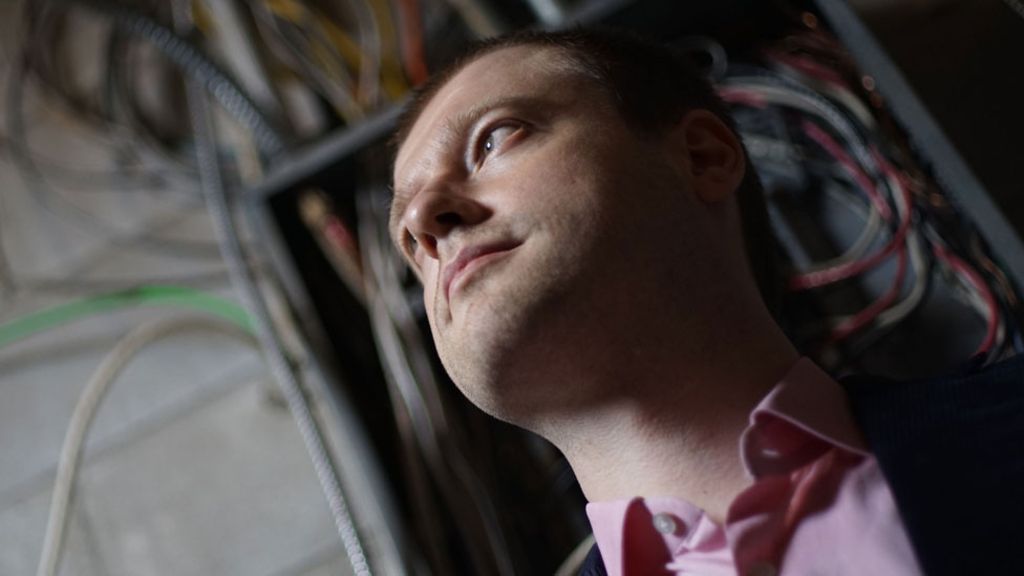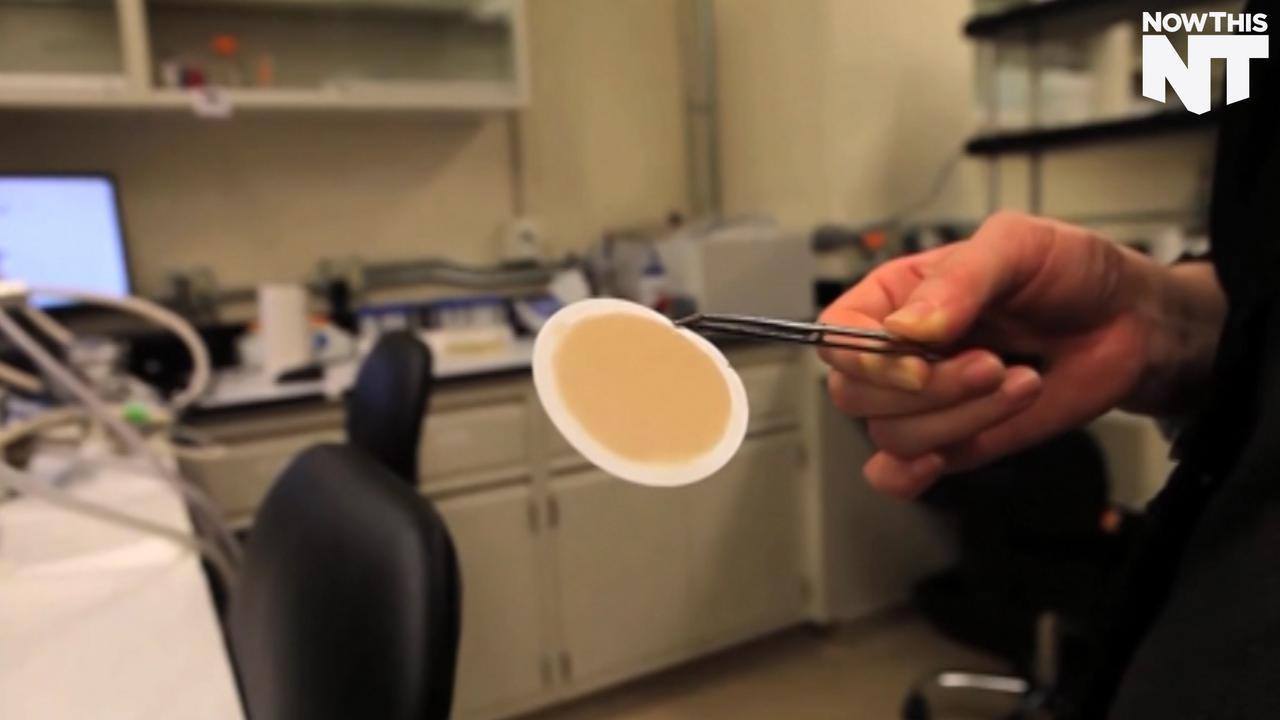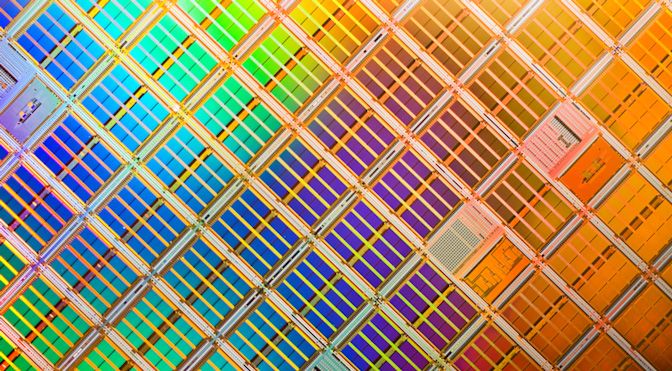Mar 14, 2016
Leveraging Cloud Computing to Analyze Cancer Genome Atlas Data in a Unique Way
Posted by Karen Hurst in categories: biotech/medical, computing
There are at least 200 forms of cancer and many more subtypes. Cancer is caused by an accumulation of DNA errors, or mutations, that allows cells to proliferate in an uncontrolled manner. Each cancer subtype has its own unique signature of DNA mutations in its genome; identifying these mutations and understanding how they interact to drive the disease is the foundation for improving cancer prevention, early detection and treatment.
TCGA’s finalized tissue collection contains matched tumor and normal tissues from 11,000 patients, and allows for the comprehensive characterization of 33 cancer types and subtypes, including 10 rare cancers. The comprehensive data that have been generated by TCGA’s network approach are freely available and widely used by the cancer community through the TCGA Data Portal and the Cancer Genomics Hub (CGHub).
In 2012, Cycle Computing and a multinational biotechnology company partnered to leverage cloud computing to analyze TCGA data in a unique way. The firm had developed a new end-to-end solution to identify DNA mutations in the TCGA data that could act as markers and risk factors in cancer samples. This solution included the typical SNP and DNA variation workflow, as well as a custom gene fusion, chromosome aberration discovery pipeline.
Continue reading “Leveraging Cloud Computing to Analyze Cancer Genome Atlas Data in a Unique Way” »

